Computer engineering is one of the complex and intellectually challenging subjects. That is why computer engineers are always advised to constantly improve their knowledge and skills.
One of the most effective ways to acquire knowledge is to read books, which is valid for computer engineering.
Here are top 10 books that every computer engineer should read. So if you are looking for a broader understanding of this field, don’t ignore them.
1. Computer Architecture: A Quantitative Approach
Author: John L. Hennessy, David A. Patterson
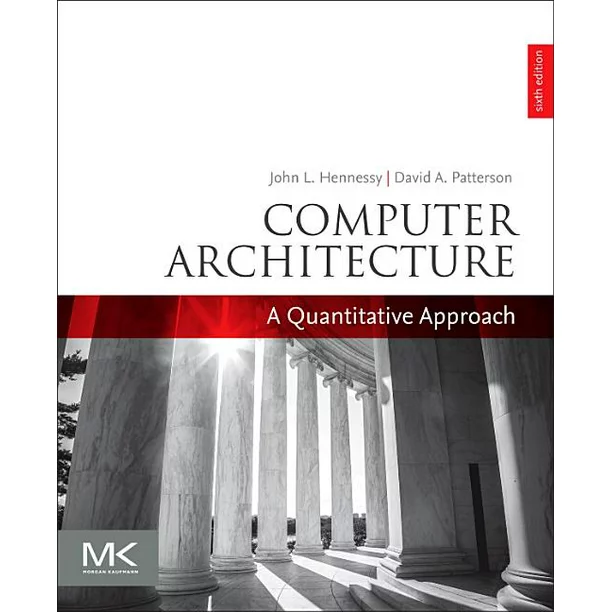
Today’s Best Deals: View on Amazon
Computer architecture may seem like something new to the average person. However, in computer engineering, the concept is fundamental and fundamental.
The publication was written by professors Hennessy and Patterson, winners of the ACM AM Turing Prize in 2017.
It is considered one of the most valuable references to computer architecture. It has won several significant awards and continues to be favored by students and professionals worldwide.
2. Computer Systems: A Programmer’s Perspective
Author: Randal Bryant and David O’Hallaron
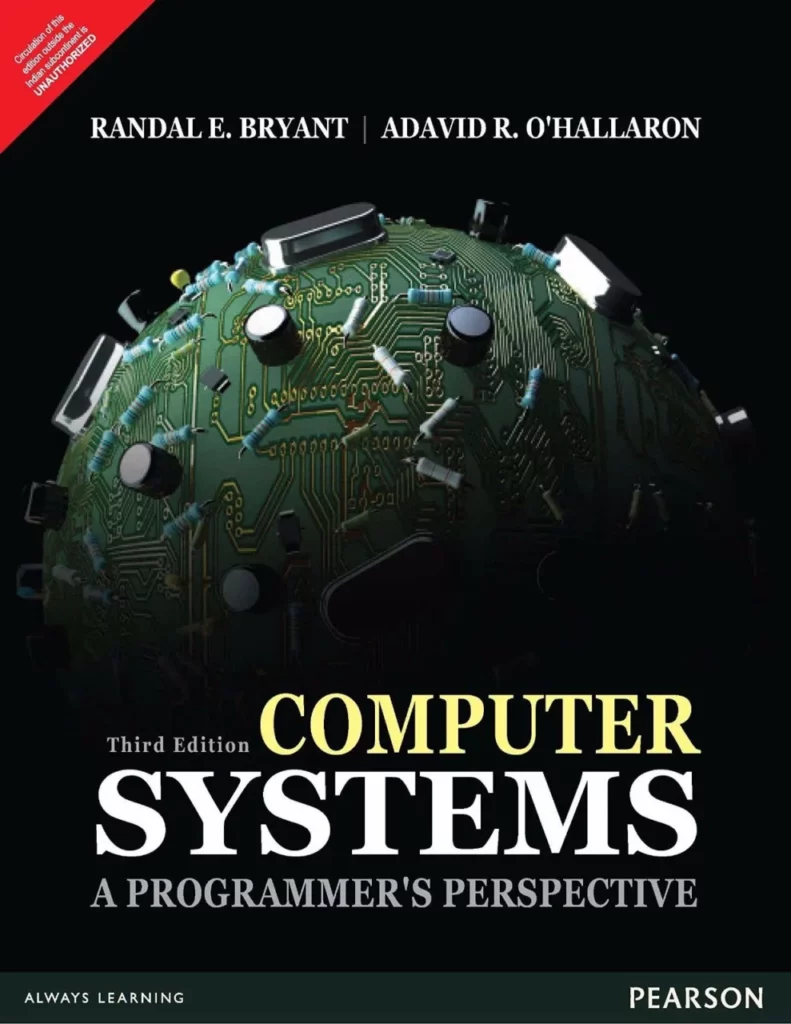
Today’s Best Deals: View on Amazon
Computer engineering is considered a specialized field. It covers the basics of software development, intending to design the multitude of devices we use every day.
The author of this book is professor Randal E. Bryant, and it provides the reader with the fundamentals of network security, hardware architecture, embedded systems, etc.
This invaluable source of knowledge will provide students who don’t even understand how application programs use the system, how essential software components work, the correctness of application programs, and how system properties affect performance.
3. Structured Computer Organization
Author: Andrew S. Tanenbaum
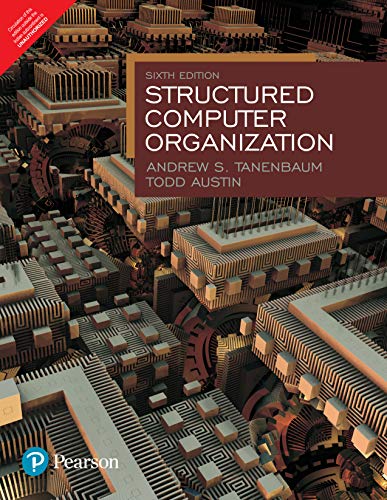
Today’s Best Deals: View on Amazon
This helpful book provides valuable information about computer systems and the basics related to computer architecture.
Experts recommend this book as a study guide for students. In addition, it is also considered the reference for entry-level and professional computer engineers.
This book is loved for its clear layout and essential, easy-to-follow explanations.
4. The Beginner’s Guide to Engineering: Computer Engineering
Author: James Lance
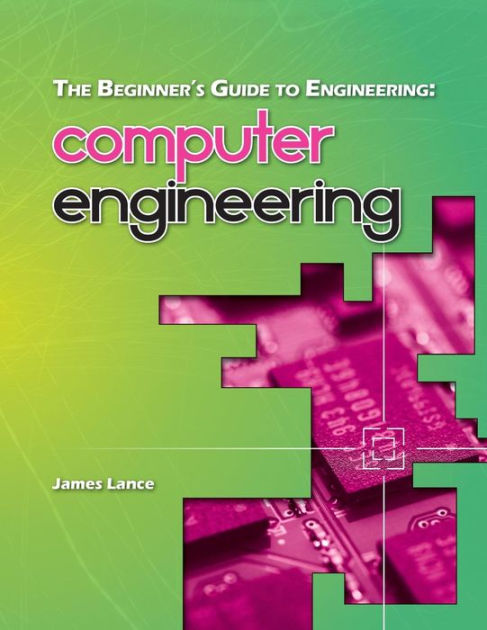
Today’s Best Deals: View on Amazon
Most of the books on this list are intended for professionals or students about computer engineering. But this book is an exception.
As its name suggests, this book is designed to provide beginners with an elementary and non-technical introduction to the fields of engineering.
It is considered an excellent resource for high school students considering majoring in one of the engineering fields. This book is also ideal for anyone interested in engineering but lacks in-depth knowledge of the field.
5. Computer Networking: A Top-Down Approach
Author: Keith Ross and James Kurose
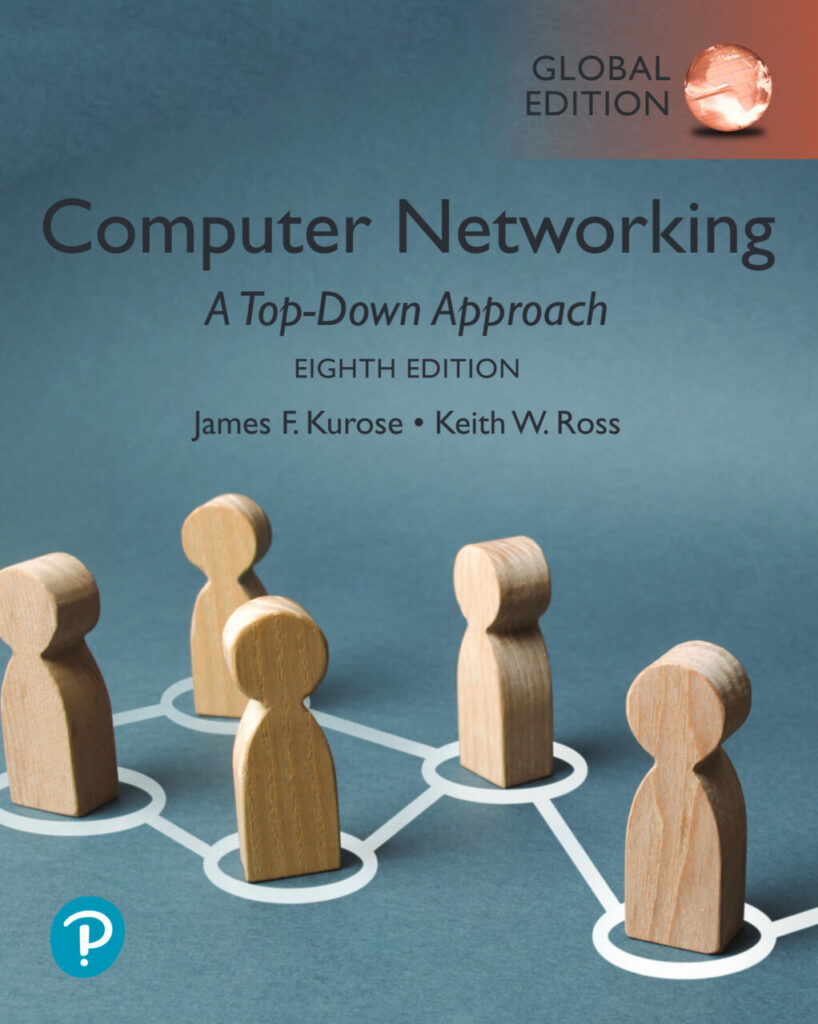
Today’s Best Deals: View on Amazon
This publication builds on the successful top-down approach of many previous editions. So, this 8th edition will still focus on the application layer model and application programming interface. But, through it, it encourages hands-on experience with protocols and networking concepts.
On the other hand, it discusses encryption algorithms, network protocols, and more. It is undoubtedly an endless source of knowledge for students or networking professionals.
6. Essentials of Computer Organization and Architecture
Author: Julia Lobar and Linda Null
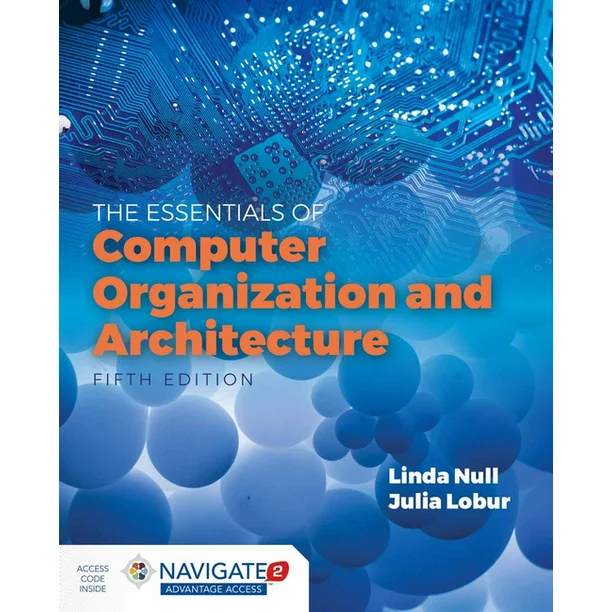
Today’s Best Deals: View on Amazon
This book was developed at Pennsylvania State University, covering essential computer organization, digital logic, instruction set architecture, input/output concepts, primary memory, storage devices, performance issues, software system, alternative architectures, and more.
This excellent publication is filled with essential information for students and engineers interested in the field. It also comes with additional reading of each chapter and exercises for reading comprehension. Furthermore, it also lists value books that the author feels can serve the reader.
7. Revolution in the Valley: The Insanely Great Story of How the Mac Was Made
Author: Andy Hertzfeld
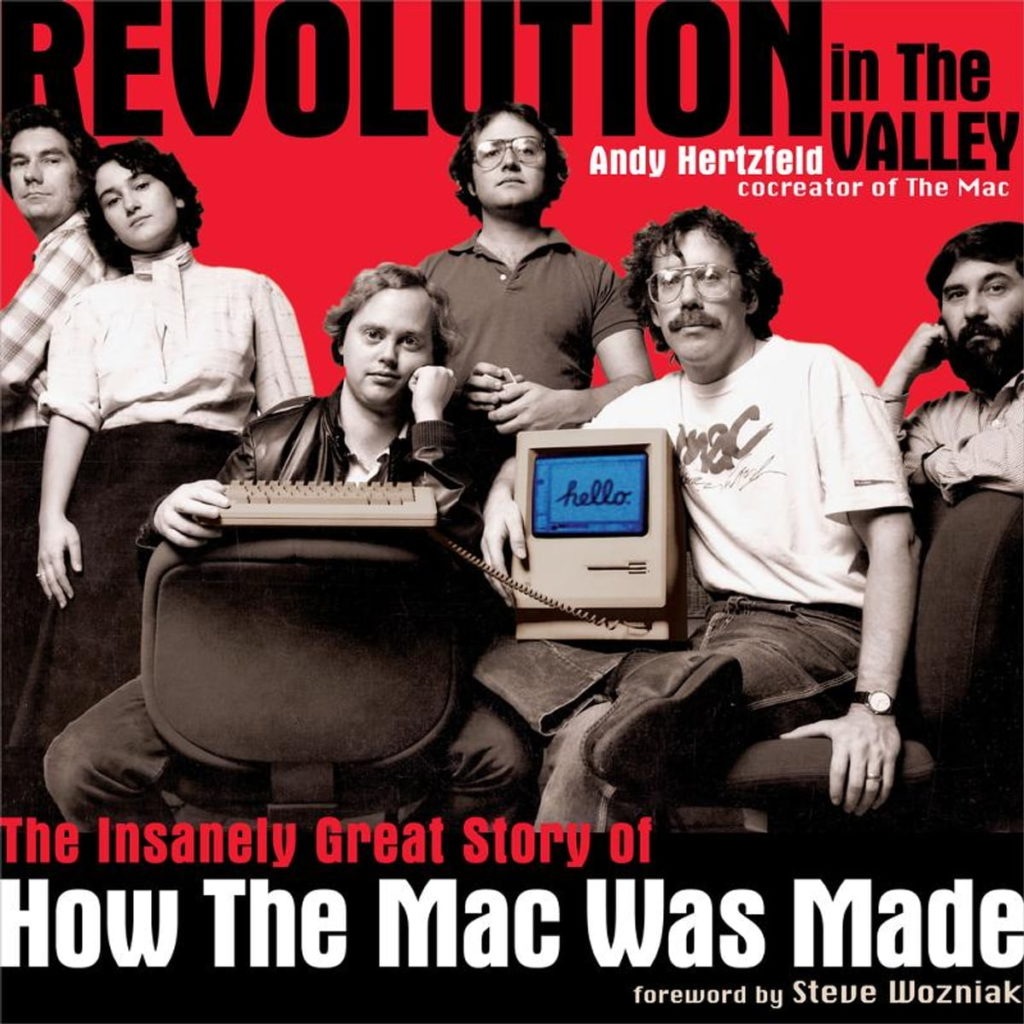
Today’s Best Deals: View on Amazon
This book covers an exciting story. It is how the Apple team created the MacIntosh. Andy Hertzfeld, one of the team’s original members, joined Apple in 1979. At this time, he was working as a software programmer for the Apple II.
He noticed that Steve Jobs was recruiting members to the MacIntosh team, joining the team in 1981. Later, he helped create the new user interface for it.
8. Deep Learning for Computer Architects
Author: Robert Adolf, Paul Whatmough, and Brandon Reagen.
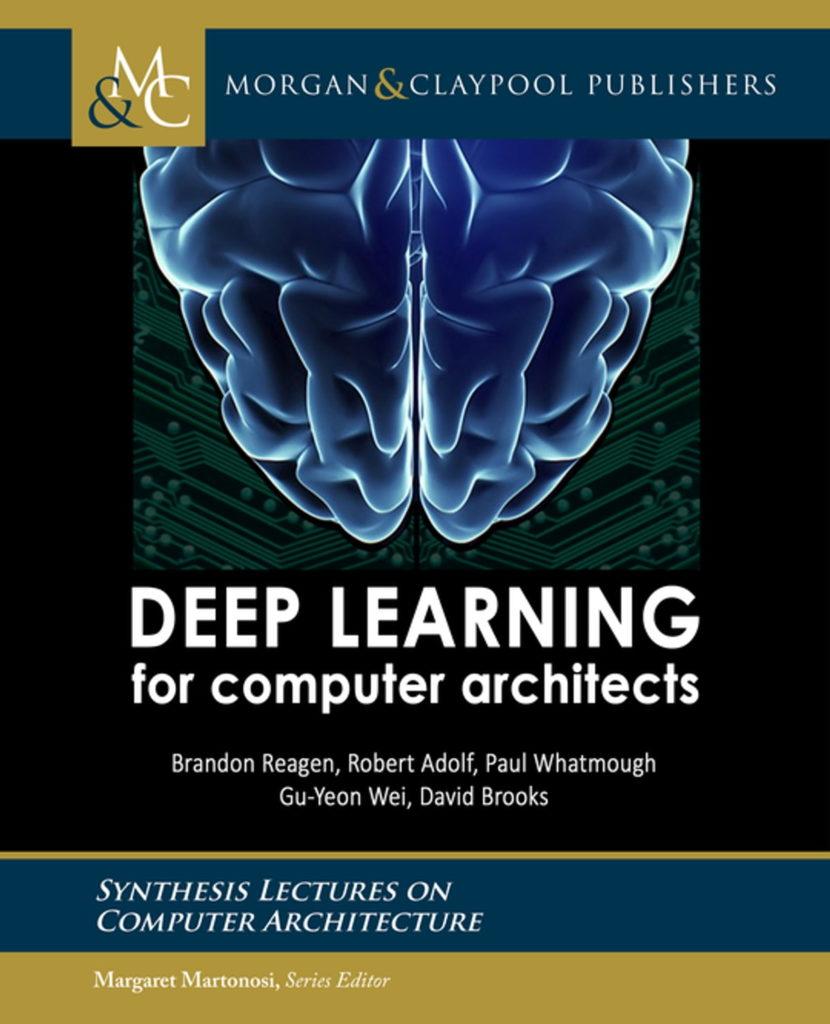
Today’s Best Deals: View on Amazon
Deep learning is an extension of machine learning. It is a reasonably new concept related to the subject of computer architecture.
This book was designed to help engineers deepen their understanding of the history of machine learning and design for machine learning.
So it doesn’t seem suitable for beginners, and it tends to be for software architects who already have extensive knowledge and experience in the field.
9. Computer Organization and Design: The Hardware/Software Interface
Author: John L. Hennessy, David A. Patterson
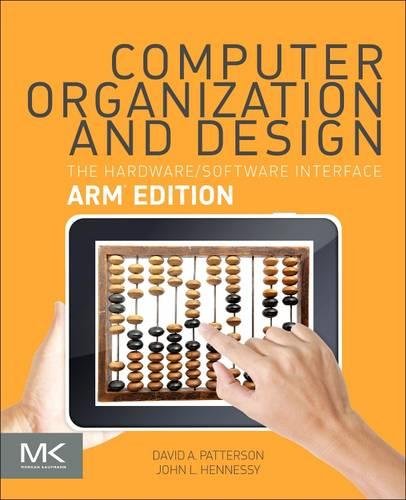
Today’s Best Deals: View on Amazon
It is again a publication of John L. Hennessy, David A. Patterson. However, it focuses on the next level: computer organization.
This book is award-winning and used by more than 40,000 students each year. It includes new sections in each chapter on Domain-Specific Architecture (DSA).
In addition, it is also updated on all real-world examples to keep it fresh and relevant for entry-level engineers and new generations of students.
Conclusion
Reading value books is one of the best ways to learn and grow as a computer engineer. There is no denying complements your day-to-day learning at work.
If you found our article helpful and would like to learn more about becoming a better engineer, try one of the suggestions above.
Please share this article with other potential computer engineers.
